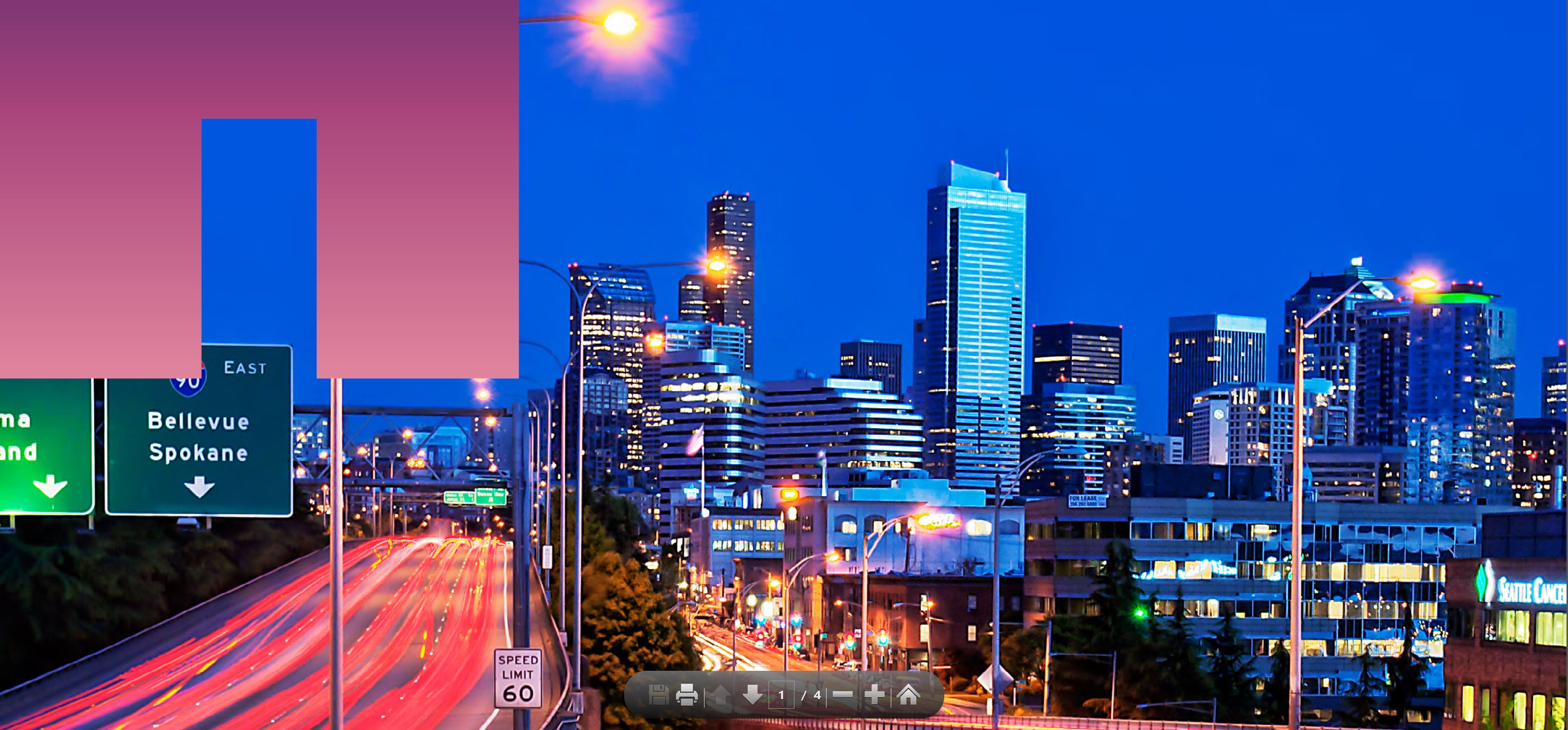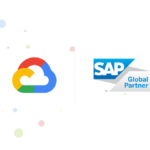By Matthew Hurford, Systems Engineering Director and CTO, NetApp ASEAN / ANZ
Malaysia aspires to become a digital nation as outlined in the 11th Malaysian Plan. A key defining feature of a digital nation is the creation and development of Smart Cities. The Malaysian government through MAMPU has been looking at Open Data and how it can provide the necessary insights to aid in the development of Smart Cities.
Realising that public-private collaboration is important in making use of Open Data to drive Smart City initiatives, MAMPU is working closely with technology industry players like NetApp that can provide the government with the needed data storage and data management architecture to enable the optimisation of Open Data in a safe, secure and robust environment.
What makes a Smart City?
Smart Cities use IoT technology to embed data collection hardware and software into municipal infrastructure. This enhances services and improves the transparency of government agencies. City residents are able to interact with these smart systems using smartphones, tablets, and, wearables.
There are already thousands of networks throughout major cities collecting real-time information about infrastructure. The goal of a Smart City is to capture and process this type of sensor data to cut costs and improve services.
The government’s plans to make Cyberjaya one of Malaysia’s first Smart Cities for example, has resulted in the city becoming a testing ground for innovation and a breeding ground for new ideas. It helps to bring together members of the ecosystem to innovate and create value.
Smart Cities are data driven, and data management is the key to unlocking value from connected devices across these new Smart City ecosystems.
Why is the vision to create Smart Cities one of the key features of a nation’s Digital Transformation efforts?
Big Data analytics (Big Data) and the Internet of Things (IoT) are the two primary enablers in the development of Smart Cities. Data collected from network sensors, mobile apps and information communication channels (through IoT), can be turned into high quality information (through Big Data) that informs policy decisions across emergency and disaster services, security, transport, education, healthcare, infrastructure, and more.
Big Data and IoT for Smart City development can be delivered effectively through the free access and optimisation of an Open Data Ecosystem supported by a strong, robust and secure data infrastructure.
Being data-driven has resulted in greater support for Open Data in the region, which leads to better solutions in Smart City infrastructure and sustainability.
For example, CyberSecurity Malaysia has developed an IoT security framework to support the Smart City initiative in Cyberjaya. This includes promoting the implementation and usage of ICT. The initiative educates potential Smart City citizens through programmes such as CyberSAFE to increase awareness
Mastercard QR transforms Cyberjaya’s Smart City into a cashless hub by letting consumers pay for goods and services from their smartphones using a QR code, without the need for a point-of-sale terminal.
Through a partnership between Mastercard and Masabi, a supplier of mobile ticketing systems, commuters in Cyberjaya will also get a chance to use Masabi’s JustRide app to buy bus tickets, eliminating the need to wait in line for a physical paper ticket when taking a bus.
The Smart Traffic Analytics and Recognition System is part of Malaysia’s IoT initiative, particularly involving traffic. It is a partnership between VADS Lyfe and Cyberview Sdn Bhd. It utilises existing video camera systems with a few more additional cameras to make these decisions intelligently.
Smart Cities provide sustainable economic development and promote a high quality of life for people in key areas with mobility, environment, people, living and government.
It’s a progress moving towards increased citizen engagement, hard infrastructure, social capital and digital technologies to make cities more liveable, resilient and better able to respond to challenges.
How can NetApp effectively support the Open Data Ecosystem?
NetApp’s Data Fabric proposition provides cities with the freedom to move their data to where they need it most. This will enable better city planning with technology integration as we move towards a Smart City aspiration. It will transform how organisations manage, secure, protect, and move their data across disparate data environments no matter where it lives.
More specifically, we are looking forward to working with MAMPU and its partner agencies in the following manner:
Our Enhanced Operations proposition helps Government agencies manage data growth with highly efficient storage model, faster data exploitation and real-time analysis for enhanced decision making.
Virtual Desktop Infrastructure offers fast and flexible architecture that respond to cyber-attacks with rapid patching, provisioning, and onboard security scanning while delivering heightened security and compliance for data transfers from desktops to data centres. This gives greater backup consistency while providing centralised protection, reducing data loss.
Big Data – NetApp Open Solution for Hadoop and Cloudera gives customers flexible choices that can independently scale, compute, and store while providing an enterprise QoS. NetApp has divided the solution sets for managing data at scale into 3 main areas / “Big Data ABCs”
Analytics – Gaining insights, taking advantage of the digital universe, turning data into high-quality information
Bandwidth – Supporting high-bandwidth applications include high performance computing, complex analysis at extremely high speeds, high-performance video streaming for surveillance, and mission planning
Content – Enables storing virtually unlimited amounts of data so that enterprises can store as much as they want. With integrated cloud archiving capabilities, agencies can find their data when needed, without any data lost
Why is Open Data technology important in the Smart City initiative?
Building a Smart City is a collective effort, it doesn’t just come from the government.
Open Data means sharing data that can be freely used, reused, and redistributed by anyone. The only caveat being any insights or innovation garnered from said data will be shared with the wider public and community.
The effective use of Open Data in a Smart City initiative is underpinned by the following principles :
Availability and Access: the data must be available as a whole at no more than a reasonable reproduction cost, preferably by downloading over the Internet. The data must also be available in a convenient and modifiable form
Reuse and Redistribution: the data must be provided under terms that permit reuse and redistribution, including the intermixing with other datasets
Universal Participation: everyone must be able to use, reuse, and redistribute – there should be no discrimination against fields of endeavor or against persons or groups. For example, non-commercial restrictions that would prevent commercial use
Based on NetApp’s experience, Open Data is not just about putting data on a centralised portal, it can be about providing Open Data in real time from live systems. NetApp has the technology to enable this to be done securely and at scale.
With Open Data, the government can work with businesses and members of the public to integrate technology into city infrastructure, transportation and citizen services.
What does NetApp have that can help drive the Smart City initiative in Malaysia?
A Smart City can be measured by the following eight parameters: smart citizens, smart governance and smart education, smart buildings, smart energy, smart technology, smart infrastructure and smart mobility.
Smart Cities have multiple public and private services that need to be coordinated ranging from:
- City Administration
- Education
- Healthcare
- Public safety
- Real estate
- Transportation
- Utilities
Our solutions can help manage, store, and analyse structured and unstructured big data to boost government agency operations and public safety. These include:
NetApp Data ONTAP OS – Lets you connect data management environments from disparate silos into a cohesive, integrated whole: a data fabric. You can manage data at scale, for secure and effective big data storage, processing, and utilisation.
Unstructured storage – Use innovative NetApp storage solutions for your unstructured big data workloads with Hadoop or Splunk
Structured analytics – Leverage NetApp proven performance to gain real-time insights from your workload databases, enterprise applications, and structured data
Public safety and digital evidence – Manage and analyse the vast quantities of data from video surveillance to ensure public safety. Build a cost-effective video evidence infrastructure that centralises management, automates operations, enhances video evidence protection and ensures continuous availability
What are the key considerations when you use Open Data for the development of Smart Cities?
One of the key challenges of Open Data is ensuring the security and sanctity of the data. Our solutions are designed with data security at the core.
Through our hybrid cloud solutions and the cloud data fabric for example, government agencies deploying Open Data can choose between on-premise and off-premise IT assets, or even some combination of both to achieve operational activities like elasticity, scalability, disaster recovery, and security.
Beyond that, by stitching together the resources of multiple clouds, agencies can leverage their elastic and dynamic computing resources while still maintaining complete control over where, and how data is moved.
This level of control allows government organisations to ensure sensitive data is kept safe. It also allows experts to monitor who has access to what information, protecting data by preventing unauthorised users from ever being able to access it in the first place.
Would the demand for innovation in Smart Cities, and the explosion in demand for data generation and analytics create greater opportunities for start-ups and businesses?
Start-ups and new businesses nowadays are highly dependent on technology – it is the way they build the foundation of their business, as well as learn and connect with their stakeholders, partners and even learn from competitors.
They are able to build applications that will deliver smarter solutions, reinforcing relationships between home-grown start-up economy and the Smart City economy.
Malaysia will see it’s next wave of innovation through start-ups and smart businesses that will use the wealth of available big data to create breakthrough solutions to benefit society.
What are the goals and aspirations from NetApp’s and the nation’s perspective?
Today’s businesses operate in a world of increasing complexity characterised by higher data volumes, faster business cycles, and ever more demanding customers. In this volatile climate, traditional business models, processes, and skill sets can put a company at a competitive disadvantage.
In response, NetApp constantly collaborates with organisations or enterprises that are embarking on a Digital Transformation journey to help them drive revenue growth, enhance customer experience, improve productivity, and manage risk.
As companies use Digital Transformation to become more fluid and responsive, they are also asking their workforce to approach day-to-day responsibilities in new ways. The digital economy requires fresh levels of insight, creativity, and flexibility from workers.
Through NetApp’s Data Driven vision, we hope this would contribute greatly and pave the way towards the nation’s Digital Transformation goals.
What are your plans to ensure the sustainability of Malaysia’s Smart Cities initiative?
One of the keys to sustaining a Smart City is by monitoring and having effective controls in place to quickly make changes to keep output at a certain level. Data is the most decisive factor here, as it allows for Governments and companies to see how their outputs are having a positive or negative result on the city as a whole.
Being able to check and control how data is being used can help with zoning and help to place them where needed to ensure a smoother operations.
This monitoring also creates the opportunity to see which technologies work best in reducing foreseeable problems such as pollution, and what new innovations could be used in particular areas in order to prevent further environmental damage.
The biggest issue that Smart Cities face is that there are vast amounts of money spent on relatively benign work. Using analytics and data can target where Smart City funding would have the most impact, and through this the entire infrastructure of the city can be improved and wastage can be minimised.








